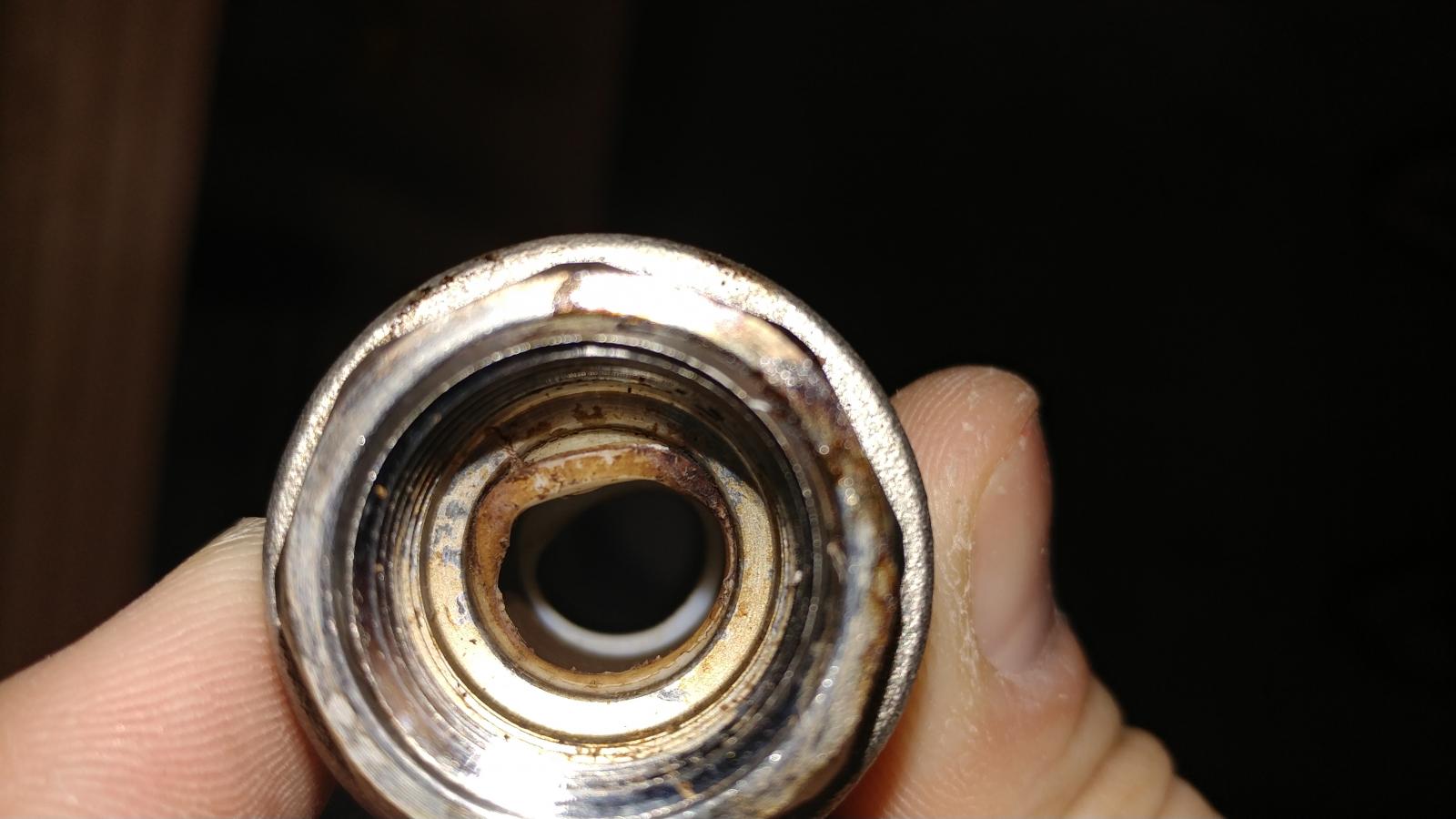This is a quick reminder to newer home brewers
I always heard it was very important to clean everything in your brewery. I used to run PBW through all my valves, thinking that was enough. I started to get a nasty off flavor and was hunting it down. When I took apart my valves that I use on my brew kettle, kegerator, and mash tun, I found the culprit. There was nasty growth inside these valves! This is a quick tip. Take apart everything and soak it in PBW. The off flavors went away and I'm back to making good tasting beer. I have recently went a step further and bought easy to disassemble valves. Lesson learned!
Aaron
I always heard it was very important to clean everything in your brewery. I used to run PBW through all my valves, thinking that was enough. I started to get a nasty off flavor and was hunting it down. When I took apart my valves that I use on my brew kettle, kegerator, and mash tun, I found the culprit. There was nasty growth inside these valves! This is a quick tip. Take apart everything and soak it in PBW. The off flavors went away and I'm back to making good tasting beer. I have recently went a step further and bought easy to disassemble valves. Lesson learned!
Aaron





